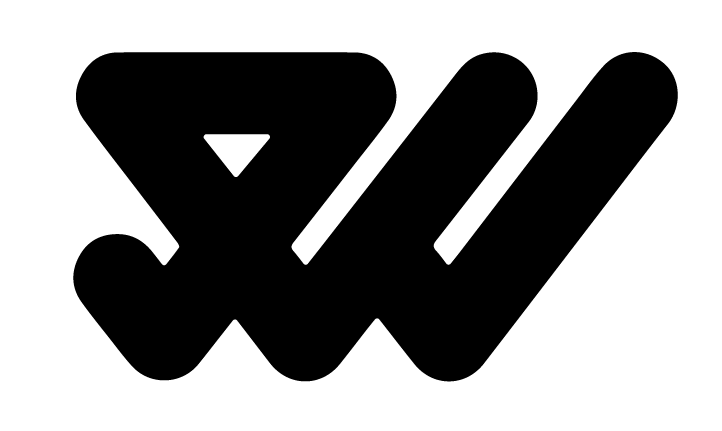If you are a small firm or a sole trader, you could be forgiven for thinking that branding is not for you. "Big names spend money on branding, small companies just get on with the job" is a typical response when small businesses are asked about their brand activities. But this perception is wrong, as Rachel Miller writes
Read MoreWhen you're just starting out in you design career, everything can seem like a struggle. You can ease the pain by having the right drawing tools and learning from inspiring design portfolios, but even so there's bound to come a time when you find yourself asking whether it's all worth it.
Read MoreAman is a collection of resorts, hotels and luxury residencies that offer access to a wide variety of remote and urban destinations. Its first resort, Amanpuri, was opened in Thailand in 1988. Since then it has expanded across the world, seeking out transformative experiences and awe-inspiring locations throughout Asia, Indonesia, China, Japan, the Americas, North Africa, Europe and the Mediterranean.
Inspired by the earliest forms of alphabets and mark-making, London based graphic design studio Construct developed a new brand identity for Aman that would reflect its values and the high quality of its experiences. This is expressed through custom typography, earthy colour palette, tactile material texture and high quality print finish that links press-pack, business cards and menus.
Read More1 : Increase Sales and Revenue Any professionally run business will...
Read MoreWhen the Center for Creative Leadership (CCL) decided to overhaul its brand...
Read MoreA graduate of London’s Royal College of Art, Paul Wearing is a...
Read MoreMatteo Bologna Matteo Bologna is the founder and principal of Mucca Design....
Read MoreContributed by Rosie Andrews of London-based MultiAdaptor.Quiqup With well over 100,000 orders...
Read MoreThis post is short and sweet to outline the fact that copyright,...
Read MoreEvery year’s Adobe MAX conference marks the an obvious time to expect updates...
Read MoreChannel 4 has launched a refresh of its branding, centred around...
Read More

